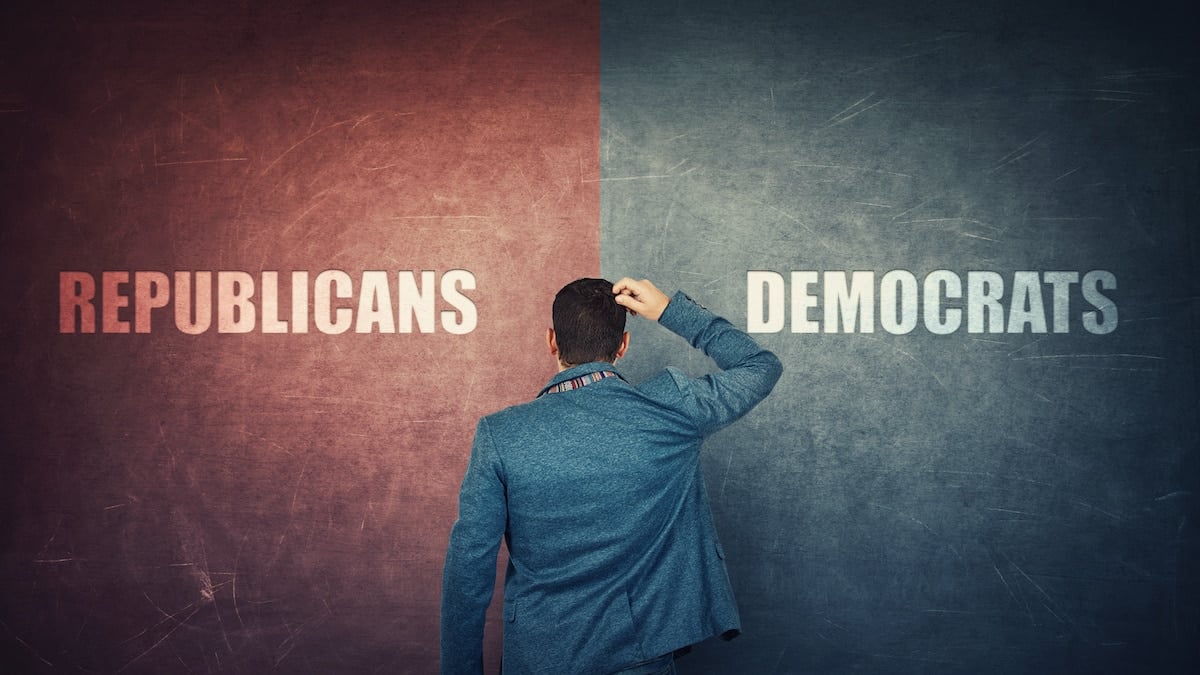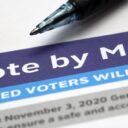
Do National Polls Reflect Party Affiliation in 2020?

The projected party affiliation of the national electorate has long been a source of controversy in public opinion polls. We conducted a national voter file database search query to determine the partisan affiliation breakdown as expressed in terms of a D/R/I-Other split.
For context, 135,500,034 total votes were cast in the 2016 U.S. presidential election for candidates on two-party and non-two-party tickets. According to exit polls, the partisan composition of the electorate as expressed in terms of the more simplified D/R/I split, was 36/33/31.
The national voter file database search query of 213-plus million records — excluding only deceased and change of address flags — returned 188,205,069 records. Of those, the partisan affiliation breakdown as expressed in terms of a D/R/I-Other split was 36/32/32, rounded to the nearest whole for each.
That is to say, 36.39% were identified or inferred Democrats, 32.14% were identified or inferred Republicans, and the remaining 31.47% were identified as Independent-Other. Worth noting, the query did not include a voter propensity score or turnout probability modeling.
Inferred Party Affiliation
The party affiliation breakdown is expressed as the sum of records identified with party codes and inferred partisans. The “I-Other” variable in the split is expressed as the sum of “independent”, “unknown”, “none”, and all other codes not belonging to either of the two major political parties.
Inferred Party Affiliation in Primary States (AR,GA,IL,IN,MS,SC,TN,TX,VA)
Inferred Democrat is identified as having voted Democrat in more primaries than voted Republican from 2000 to 2014; Or no primary vote history for either party but has a Democrat or liberal donation, pro-choice flag, or is a supporter of the Affordable Care Act. Anyone with a Republican or conservative donation, pro-life, or anti-Affordable Care Act, is excluded.
Inferred Republican is identified as having voted Republican in more primaries than voted Democrat from 2000 to 2014; or no primary vote history for either party but has a Republican or conservative donation, pro-life flag, anti-Affordable Care Act flag, or Second Amendment supporter flag. Anyone with a Democrat or liberal donation, pro-choice or pro-Affordable Care Act flag, is excluded.
Inferred Party Affiliation in States With Neither Party Nor Party by Primary (AL,HI,MI,MN,MO,MT,VT,WA,WI,ND)
Inferred Democrat is identified as having a Democrat or liberal donation, pro-choice flag, or is a supporter of the Affordable Care Act. Anyone with a Republican or conservative donation, pro-life, or anti-Affordable Care Act, is excluded.
Inferred Republican is identified as having a Republican or conservative donation, pro-life flag, anti-Affordable Care Act flag, or Second Amendment supporter flag. Anyone with a Democrat or liberal donation, pro-choice or pro-Affordable Care Act flag, is excluded.
Gender Demographics
The percentages for gender demographics are estimated at 53% female and 47% male. That includes 52.46% identified outright as female and 46.99% identified outright as male. There were 0.55% blank entries and 0.01% unidentified records.
The national voter file analysis was conducted on June 15, 2020, at 9:13 PM EST. It is viewable as an embedded Google Doc below, or by link here.







